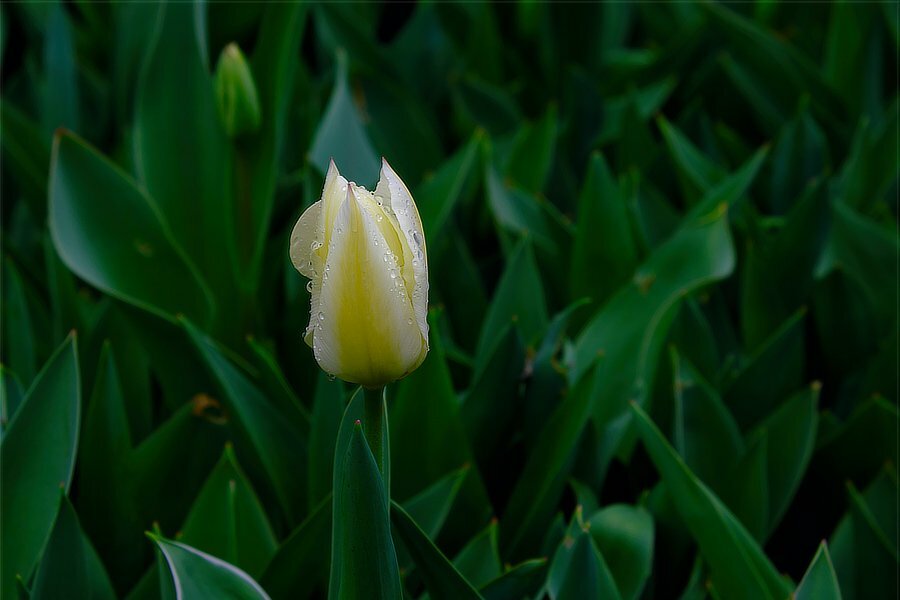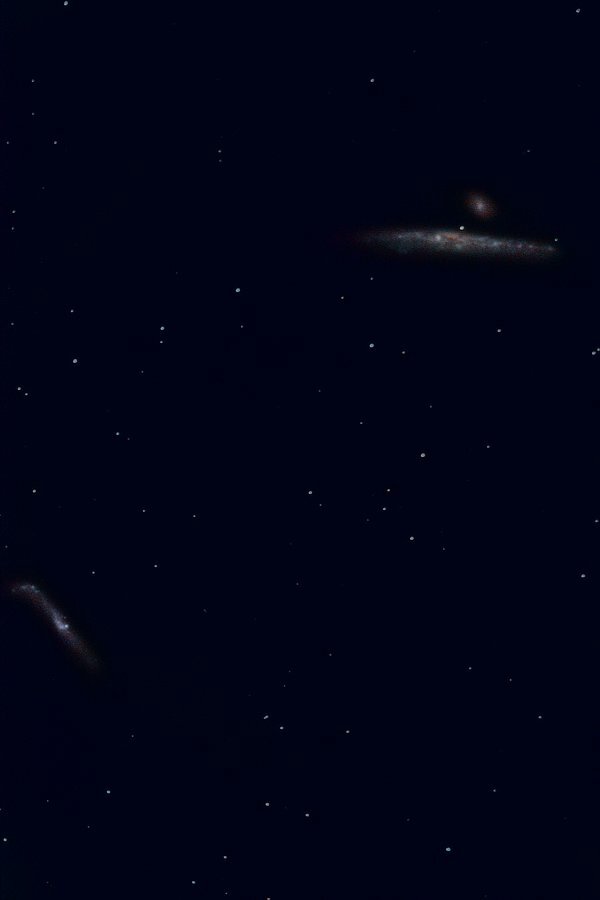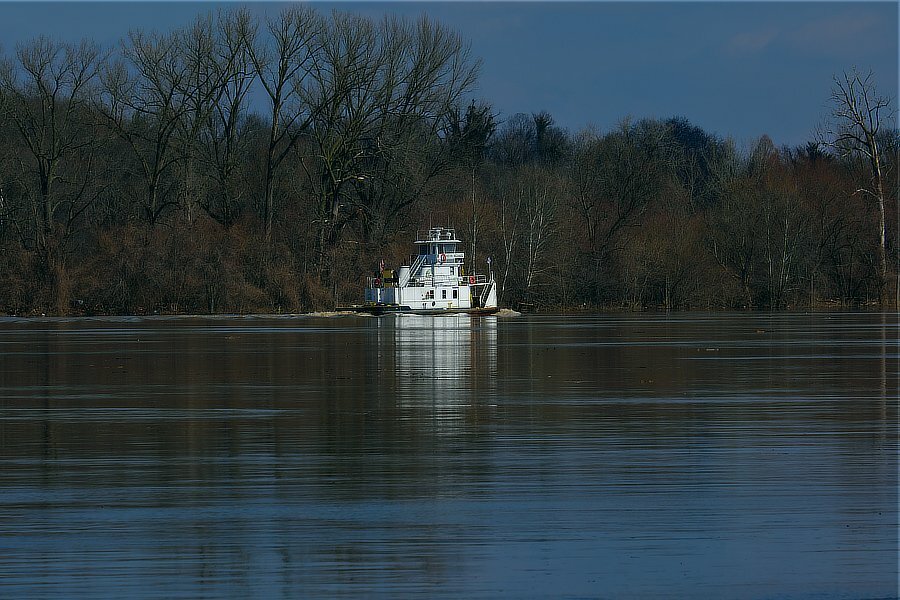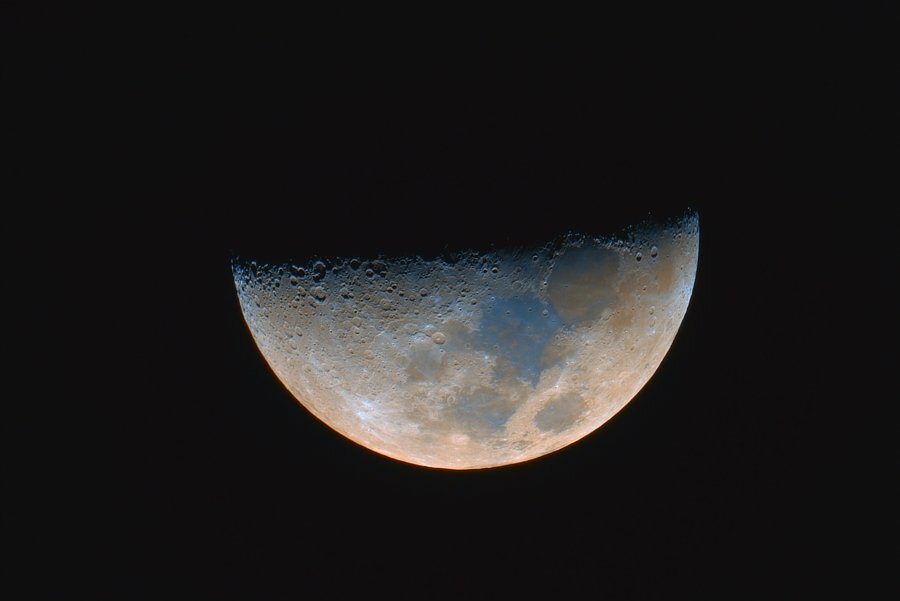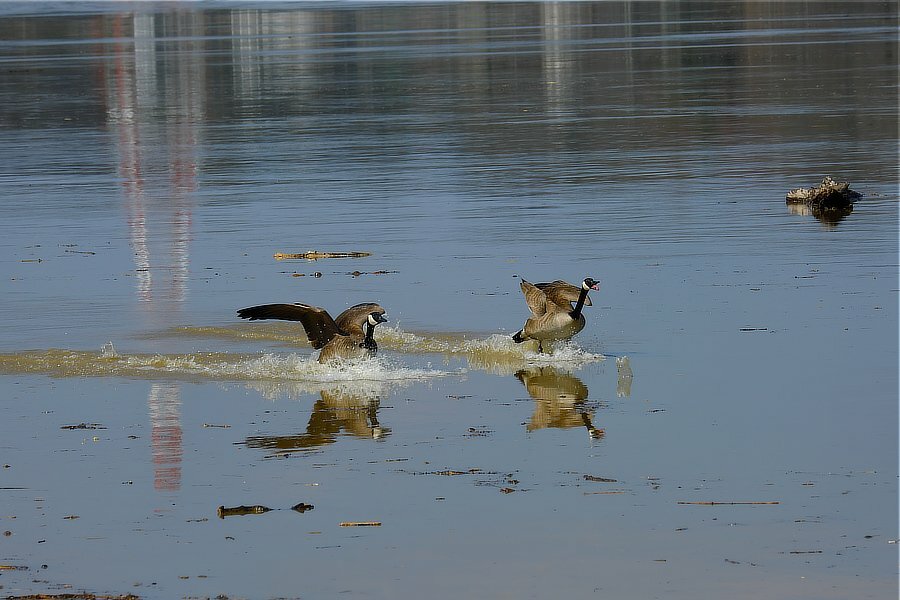
jerryy
Members-
Posts
1,926 -
Joined
-
Last visited
-
Days Won
304
Content Type
Forums
Gallery
Store
Everything posted by jerryy
-
Which versions of the operating systems are you using on your Mac and iPhone? Apple regularly releases updates to their operating systems that includes support for new cameras. They also release standalone updates for their desktop type computers so that you do not have to upgrade the entire operating system. However, updates for the iPhone usually mean updating the whole iPhone operating system. Here is a list from a while back: https://support.apple.com/en-us/HT211241
-
Focus help with TT Artisan 50 mm f/1.2
jerryy replied to Jim White's topic in Adapting lenses to Fuji X
Yes, yes I am referring to 'focus peaking'. It takes some practice, but it works well for me when I am using manual focus lenses (or auto focus lenses in manual focus mode). Once you get used to it (or any of the other techniques) you can become fast using it and, if you are careful, you can get the focus very specific beyond what auto focus gives you. For a lens with such a shallow depth of field (f1.2) that Jim White is wanting to use it with, sometimes the auto-focus box will be very close, but manual focus will be right there -- if you can get it to work. -
Focus help with TT Artisan 50 mm f/1.2
jerryy replied to Jim White's topic in Adapting lenses to Fuji X
Hang in there! Patience with practice pays. if you use the technique with a wide angle lens instead of a normal or telephoto lens you can see the focus ‘line’ sweep from front to back or from one side to the other if you orient portrait-wise. -
What is on the front of the sensor? Glass? How durable is it?
jerryy replied to Astigmatism's topic in General Discussion
It can get scratched, so avoid using dirty shirts to clean it. Those third party cleaners do a pretty good job. A little fluid on the swab, proper swipes and you are good to go, so to speak. -
Of a Whale, a Calf, and a Crowbar... NGC 4627: The Calf (aka The Pup) Galaxy: https://en.wikipedia.org/wiki/NGC_4627 NGC 4656: The Crowbar (aka The Hockey Stick) Galaxy: https://www.messier.seds.org/xtra/ngc/n4656.html NGC 4631: The Whale (aka The Herring) Galaxy: https://apod.nasa.gov/apod/ap040123.html This is the equivalent of a 110 minute exposure.
-
Focus help with TT Artisan 50 mm f/1.2
jerryy replied to Jim White's topic in Adapting lenses to Fuji X
For what it is worth (HTH): I use focus peaking quite a bit, with the highlights in white. I use the joystick to move the focus box to where I would normally use for auto focus, then push in the rear command dial. This zooms in, filling the evf or lcd with only the part of the image that is inside that focus box area. My X-T30 has two levels of zoom, rotate the rear command dial to swap between them, usually I just leave it at the maximum zoomed in level, but normal usage seems to kick this between the two settings (the size of the focus box tells you at a glance which level you are in). Pushing the rear command dial again takes you back to regular full screen viewing. Once zoomed in, rotating the focus ring in the lens will move the focus in or out of course, but after a short time the white pixels from the highlights will start dancing to show you where the focus is. As you slowly, repeat slowly, did I mention slowly?, rotate the ring, the dancing pixels will either disappear or more of them will appear. As you sweep back and forth, find where the most dancing pixels are and take the shot. If there are not any or very few dancing pixels, you are probably not in focus. I use the white - highlights menu setting mostly for the usual type of contrast in the scenes I find because their dancing pattern catches my vision quickly, but the other colors and lows vs highs also work for differing contrast scenery. -
There are lot of good ones here, but the img tags have to be removed to see them.
-
There are several things going on. The recent Fujifilm cameras use two different approaches to ISO gain, one for the low ISO range and a different one for the higher ISO range. The changeover seems to occur at ISO 800, which is why those charts seem so odd as compared to the ones for other manufacturers — I do not completely know why ISO 800 is the changeover point. This can get complicated by the fact that Fujifilm uses an approach called ISO invariance (some other manufacturers also do this lately). This chart may help illustrate this: https://www.photonstophotos.net/Charts/PDR_Shadow.htm#FujiFilm X-T3 At the low ISO range range, you will get an increase in shadow detail by bumping up the ISO a bit, but once you move into the higher ISO range, you do not get improvements in shadow detail by bumping up the ISO. What you can get by upping the ISO is an improvement by lowering read noise (random noise — some call it garbage — that is present in all electronic sensors from the small current needed to operate the sensor) but you trade that against lowering the available dynamic range. How much is lost is what those other charts are telling you. This article may interest you: https://www.photonstophotos.net/Aptina/DR-Pix_WhitePaper.pdf
-
The 160 vs 200 you are seeing refers to the lowest ISO Fujifilm lists as the lowest number in the standard sensitivity range for the camera. Prior to the X-T3, this is ISO 200, with the improvements due to the new sensor in the X-T3 and later models, this became ISO 160. For example: https://fujifilm-dsc.com/en/manual/x-t2/technical_notes/spec/index.html vs https://fujifilm-x.com/global/products/cameras/x-t3/specifications/ The L and H refers to ISO settings outside of this range, which are “artificial” because they are outside of the normal analog range for the sensor. Remember the sensors come with ADC (analog to digital convertor) chips. https://photonstophotos.net/Charts/PDR.htm Choose X-T3 or X-T4 or both for the chart. The results outside of the native range are software enhanced. They are very good results though. Your X-T30 II is very close to the X-T4: https://www.apotelyt.com/compare-camera/fujifilm-x-t30-ii-vs-fujifilm-x-t4 I do not think you will find an agreed to definition of base ISO similar to how ASA is defined for film. That ship snuck out of the harbor and sailed away a long time ago because the each of the early digital camera manufacturers essentially said ‘ this is what we want it to be and that is the way it is ‘ and there was no standards body with jurisdiction to say otherwise. At least today, the major manufacturers are sort of close to each other in how they use ISO.
-
I am guessing that you use the camera above water for various time lengths without any troubles. What you describing sounds like the case is not moving heat away from the body to the water. These cameras are air cooled so anything wrapped around the body acting as an insulator will cause problems. Video mode generates extra heat, it will be even more troubling, as will any setting that has the body in active run mode. If you have no troubles above water, try a different case — you may have to talk to the manufacturer about heat transfer properties. Other that that, does the case gives you easy access to the on/off switch? I do not think it will be easy to manipulate, but if your reactions are fast enough to leave the camera off and turn it on when you need it, rather than just leave it turned on, you may be able to use your current case. The power management setting let you set an auto-shutoff time as well, after say five or ten minutes of not using it, the camera powers down on its own. Then turn it back on when you need it to get those cool rock grouper photos.
-
For some reason, this one is not showing.
-
X-T30 II, ISO settings, and some analysis of the RAW file
jerryy replied to Astigmatism's topic in Fuji X-T3 / Fuji X-T30
This site may be fun: https://www.photonstophotos.net/ https://www.photonstophotos.net/Charts/RN_ADU.htm -
Switching between manual focus and autofocus lens quickly
jerryy replied to Sany's topic in Fuji X-S10 / Fuji X-S20
Welcome to the forum. 1.) Those are optional values, you are not required to enter them. The camera will work with the lens regardless. That information will be entered into an image’s EXIF tags along with other data when the images are stored on the sd card. You have the option of having up to six different manual lenses’ information stored in a handy spot by the camera and you can switch between them as you want. You are not entering the f-stop (aperture number) though, just whether the lens uses f numbers or t numbers (cinematic lenses use t stops rather than f stops). If you do not enter any information, then when you use a manual lens, the default information will be put in the image(s) EXIF data tags. You do need to tell the camera to ‘shoot without lens’. This is a menu setting you can turn on or off. Leave it turned on for the most part. The camera will automatically switch between Fuji lenses and manual lenses and enter the EXIF on its own. Which I believe is what you are asking in 2.). -
Stars' light... Stars bright... A cluster o'stars I saw that night... Messier Object M3 is a globular cluster of all kinds of different types of stars. https://www.messier-objects.com/messier-3/ https://www.nasa.gov/feature/goddard/2017/messier-3 https://www.messier.seds.org/m/m003.html This is the equivalent of a 48 minute, 20 second exposure. If the skies are dark, you can see this one using binoculars, or a small telescope, or, if the skies are really dark and you have pretty good vision, you can just look up and see it (if you look in the right place).
-
- 224 replies
-
- 224 replies
-
Mineralized Worm Moon The moon shines so brightly that it seems there is no color there, just bright reflected sunlight. Not even green, if you recall that the moon is made of green cheese. 😀. Actually there is a lot of color, one technique called 'Mineral Moon' brings it out. NASA has an example: https://www.nasa.gov/multimedia/imagegallery/image_feature_819.html March's full moon is called The Worm Moon, on account of the soil warms up and the worms crawl out. Worm Moon goes by quite a few other names: https://www.timeanddate.com/astronomy/moon/worm.html
-
How to charge/power the XT3 while connected to DJI Ronin SC
jerryy replied to XT3User's topic in Fuji X-T3 / Fuji X-T30
https://domvarney.com/2018/11/22/powering-the-fuji-x-t3/ This article really goes in detail into a lot of options for keeping the power on. Off hand, you might be able to use the 9v input plug with an external power bank, but I have not tried that. -



